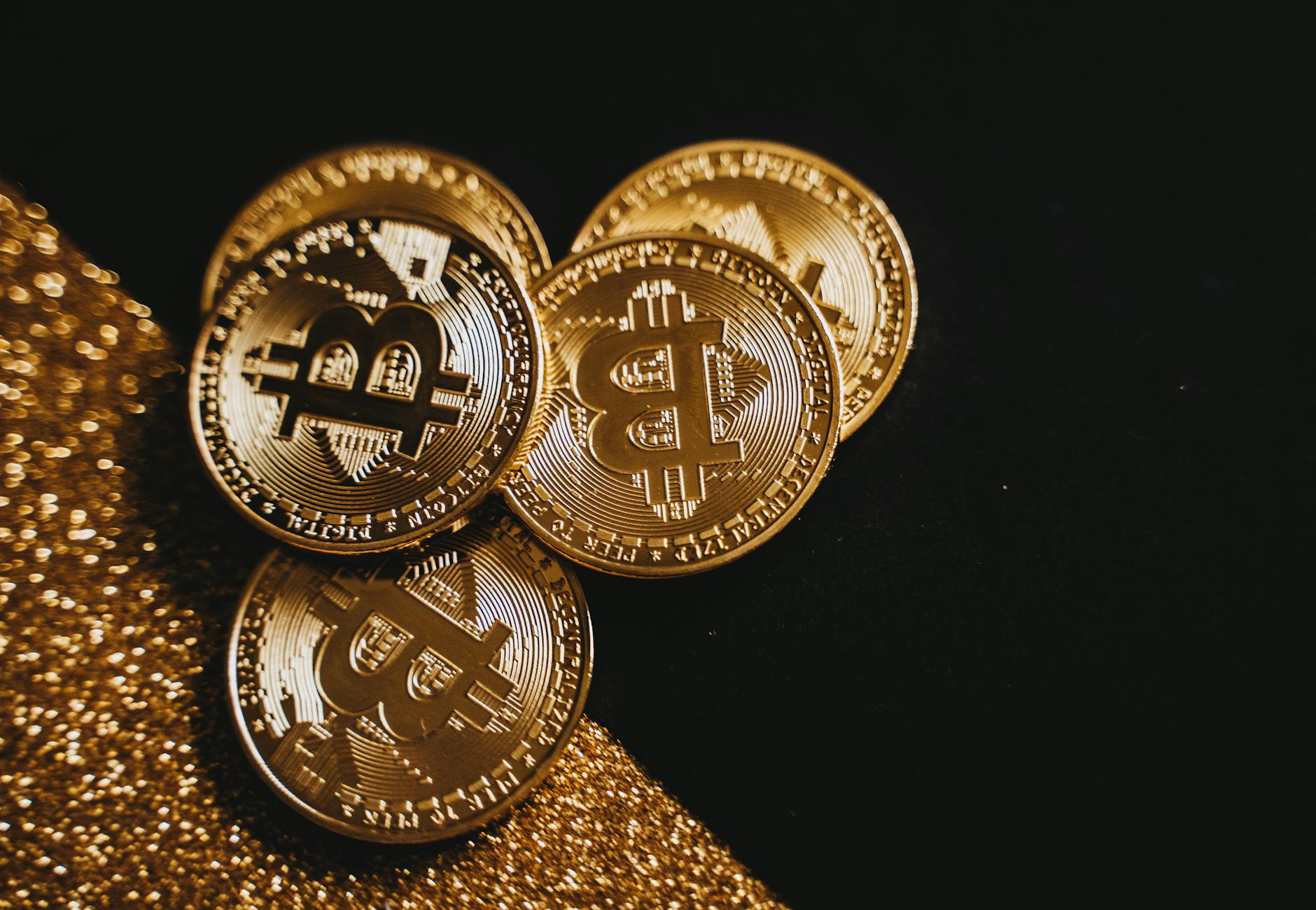Latin America Needs Robust Crypto Infrastructure: The Unbanked Opportunity for Crypto Growth
- Get link
- X
- Other Apps

Latin America's Crypto Opportunity: Building Inclusive Infrastructure for the Unbanked
Latin America is undergoing a significant monetary shift that presents both opportunities for financial liberation and challenges to traditional institutions. With high inflation and capital restrictions plaguing countries like Argentina and Venezuela, cryptocurrencies, particularly stablecoins, are gaining traction as a means to access U.S. dollars outside the conventional banking system.
📌 Event Background and Significance
For decades, Latin America has grappled with economic instability, leading to a lack of trust in traditional financial systems. Past regulatory failures and hyperinflation have pushed citizens to seek alternative solutions, making cryptocurrency an appealing option. A 2024 Chainalysis report highlights this trend, emphasizing the rising dependence on digital wallets to circumvent stringent financial controls.
⚖️ The historical context is crucial. Many Latin American countries have experienced repeated cycles of boom and bust, with governments often resorting to capital controls and currency devaluations. This has eroded public trust in the local banking sector, creating fertile ground for the adoption of decentralized digital currencies.
The Unbanked and Underbanked Challenge
⚖️ One of the most significant factors driving crypto adoption is the high percentage of unbanked and underbanked individuals. With unbanked rates of over 50% and 43% in nations like Mexico and Peru, a substantial portion of the population lacks access to basic financial services. This disparity limits opportunities for wealth creation and economic independence, particularly for low-income, rural, and ethnic communities. Cryptocurrency offers a potential solution by providing secure and affordable ways to transfer funds without requiring a bank account.
📊 Market Impact Analysis
The rise of crypto in Latin America has profound implications for the market. In the short term, we can expect to see increased volatility as adoption rates fluctuate and regulatory frameworks evolve. In the long term, the development of a robust crypto infrastructure could lead to greater financial inclusion and economic growth.
Price Volatility and Investor Sentiment
Increased adoption can drive up demand for certain cryptocurrencies, potentially leading to price appreciation. However, regulatory uncertainty and market manipulation can also cause significant price swings. Investors need to be aware of these risks and exercise caution when investing in the Latin American crypto market.
Sector Transformations
⚖️ The growth of crypto is also transforming various sectors, including:
Stablecoins: Becoming increasingly popular as a hedge against inflation and a means of accessing U.S. dollars.
💱 DeFi: Decentralized finance platforms offer opportunities for lending, borrowing, and trading without intermediaries.
Remittances: Cryptocurrency can streamline cross-border payments, reducing costs and increasing efficiency.
📌 Key Stakeholders’ Positions
The perspectives of key stakeholders are varied.
Lawmakers: Some are embracing crypto as a way to promote financial inclusion, while others are concerned about its potential for illicit activities.
Industry Leaders: Crypto companies are eager to expand their operations in Latin America but need clear regulatory frameworks to operate effectively.
💱 Crypto Projects: Many projects are focusing on developing solutions that address the specific needs of the Latin American market, such as affordable remittance services and access to DeFi platforms.
Here's a quick overview of stakeholder positions:
| Stakeholder | Position | Impact on Investors |
|---|---|---|
| Lawmakers | ⚖️ Mixed: Pro-innovation vs. Regulation | Regulatory uncertainty; Potential for crackdowns |
| Industry Leaders | Expansion-focused | 💰 📈 Increased market options; Innovation |
| Crypto Projects | Localized solutions | 🎯 Targeted services; Regional growth |
📌 Practical Obstacles
📜 Despite the potential benefits, several practical obstacles need to be addressed.
Currency conversion can be expensive and difficult, limiting access to funds. The average remittance cost from the United States, vital for many Latin American households, stands at 6.4%, and there are plans to raise it. Crypto infrastructure can lower costs and streamline payments across borders, and examples of this include crypto ATMs and adaptable, API-friendly systems.
📌 🔑 Key Takeaways
- Cryptocurrency adoption in Latin America is driven by economic instability and a lack of trust in traditional financial systems. Investors should monitor macroeconomic conditions for further opportunities.
- Financial literacy and clear regulatory policies are crucial for sustainable growth. Regulatory developments should be closely tracked, as they can significantly impact market access.
- The unbanked population represents a significant opportunity for crypto adoption. Projects focusing on financial inclusion could see substantial growth.
- Cross-border payments and remittances are key use cases for crypto in the region. Investors can explore platforms that facilitate efficient and low-cost transactions.
- Collaboration between companies and authorities is paramount for successful development. Keep abreast of potential regulatory changes to avoid possible losses.
The confluence of economic instability and a significant unbanked population presents a unique opportunity for crypto adoption in Latin America. We’re likely to see a surge in DeFi and stablecoin usage, particularly in countries with high inflation rates. The critical factor will be the ability of crypto companies and local authorities to collaborate and create inclusive regulatory frameworks, taking lessons from countries like Canada and Mexico. If infrastructure can be built to be fully inclusive, cryptocurrency has a chance to strengthen underrepresented groups.
- Prioritize investments in projects that focus on addressing the specific needs of the unbanked and underbanked populations in Latin America.
- Actively monitor regulatory developments in key Latin American countries, as these can significantly impact the viability of crypto investments.
- Explore opportunities in stablecoins and DeFi platforms that facilitate cross-border payments and remittances within the region.
- Consider investing in companies that are actively collaborating with local authorities to develop inclusive regulatory frameworks.
— Clayton M. Christensen
Crypto Market Pulse
July 23, 2025, 16:00 UTC
Data from CoinGecko
This post builds upon insights from the original news article, offering additional context and analysis. For more details, you can access the original article here.
- Get link
- X
- Other Apps

